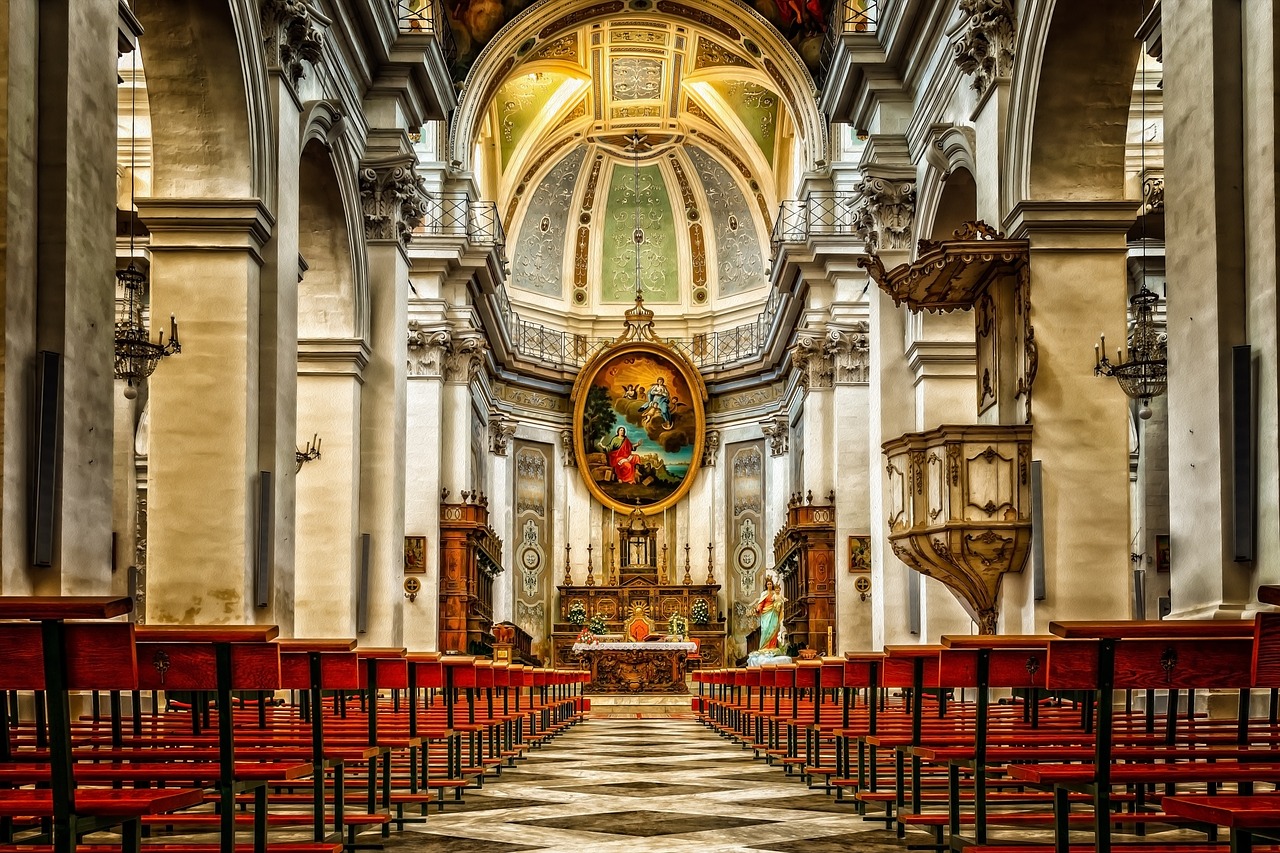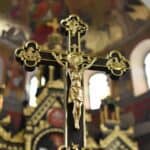Pilgrimage has been a significant aspect of Christian devotion for centuries, with believers undertaking journeys to sacred sites to deepen their faith, seek spiritual renewal, and honor religious traditions. While Catholicism, Orthodoxy, and Protestantism all recognize the importance of pilgrimage, the way these Christian denominations approach and conduct their pilgrimages differs significantly. This article explores the similarities and differences in pilgrimage rituals across these three branches of Christianity.
Catholic Pilgrimage Rituals
Catholicism has a well-established tradition of pilgrimage, deeply rooted in the belief that visiting holy sites brings spiritual merit and closer communion with God. Some of the most prominent Catholic pilgrimage destinations include:
- The Vatican (Rome, Italy): The heart of the Catholic Church, where pilgrims visit St. Peter’s Basilica and the tomb of St. Peter.
- Lourdes (France): A site of Marian apparitions and miraculous healings.
- Santiago de Compostela (Spain): The final destination of the Camino de Santiago, associated with St. James.
- Fatima (Portugal): Another major Marian apparition site.
Common Catholic Pilgrimage Rituals:
- Mass and Confession: Pilgrims frequently attend mass, receive the Eucharist, and seek reconciliation through confession.
- Processions: Many Catholic pilgrimage sites hold processions, such as the torchlight procession in Lourdes.
- Prayer and Devotion: Pilgrims often pray the Rosary, meditate on the Stations of the Cross, and light candles.
- Seeking Indulgences: Catholics believe pilgrimages can bring indulgences, reducing time in purgatory.
Orthodox Christian Pilgrimage Rituals
Orthodox Christianity also places great emphasis on pilgrimage, particularly to sites associated with Jesus, the Virgin Mary, and the early Church Fathers. Some of the most revered Orthodox pilgrimage sites include:
- Mount Athos (Greece): A monastic center open only to male pilgrims.
- Jerusalem (Israel/Palestine): The Church of the Holy Sepulchre is a key destination for Orthodox Christians.
- Monasteries of Meteora (Greece): A cluster of monasteries built on towering rock formations.
- St. Catherine’s Monastery (Sinai, Egypt): One of the oldest functioning Christian monasteries.
Common Orthodox Pilgrimage Rituals:
- Veneration of Icons and Relics: Orthodox pilgrims often kiss and venerate sacred icons and relics.
- Prostration and Prayer: Physical expressions of devotion, such as bowing and full-body prostration, are common.
- Liturgical Participation: Pilgrims engage in long, elaborate liturgies, including the Divine Liturgy and all-night vigils.
- Fasting and Ascetic Practices: Many Orthodox pilgrims fast before and during their journeys to enhance their spiritual experience.
- Holy Water and Anointing: Pilgrims may take home blessed oil, holy water, or partake in anointing rituals.
Protestant Views on Pilgrimage
Protestant Christianity, emerging from the Reformation, has a different perspective on pilgrimage. While some Protestant traditions embrace spiritual journeys, many reject the idea that physical travel holds spiritual merit. Nonetheless, modern Protestant pilgrimages exist, particularly to sites associated with biblical history and the Reformation. Notable Protestant pilgrimage destinations include:
- Wittenberg (Germany): The town where Martin Luther nailed his 95 Theses.
- Jerusalem (Israel/Palestine): Protestants visit biblical sites such as the Garden Tomb.
- Canterbury (England): Associated with Thomas Becket and Anglican heritage.
- Sites of Revival Movements: Locations linked to John Wesley, the Great Awakenings, and Pentecostal revivals.
Common Protestant Pilgrimage Practices:
- Bible-Centered Reflection: Protestants emphasize personal Bible study and scriptural reflection over rituals.
- Historical and Educational Focus: Pilgrimages often focus on learning rather than seeking spiritual merit.
- Simple Worship and Prayer Gatherings: Unlike Catholic and Orthodox traditions, Protestant pilgrimages involve fewer formal rituals and sacraments.
- Missionary Journeys: Some Protestants view missionary work and service trips as modern forms of pilgrimage.
Comparative Analysis of Christian Pilgrimage Rituals
| Aspect | Catholic | Orthodox | Protestant |
|---|---|---|---|
| Sacred Sites | Shrines, Marian sites, and saints’ tombs | Monasteries, icons, and biblical locations | Reformation sites, biblical locations |
| Rituals | Mass, confession, processions, indulgences | Icon veneration, prostration, fasting | Bible study, historical learning, simple worship |
| Purpose | Spiritual merit, indulgences, healing | Mystical union with God, ascetic devotion | Personal growth, biblical education |
| Sacraments | Eucharist, confession, anointing | Eucharist, anointing | Less emphasis on sacraments |
| Attitude Toward Pilgrimage | Highly encouraged | Strongly emphasized | Varies, often seen as optional |
Conclusion
Pilgrimage remains a significant part of Christian life across denominations, though the motivations and rituals vary. Catholics view pilgrimage as a means of obtaining spiritual grace and indulgences, Orthodox Christians see it as an opportunity for ascetic devotion and deep mystical connection, while Protestants focus on historical and biblical significance rather than ritualistic merit. Despite these differences, the common thread is a deep desire to connect with God, strengthen faith, and explore the historical and spiritual roots of Christianity.
By understanding these variations, Christians from different traditions can appreciate the diverse ways in which pilgrimage enhances faith and fosters religious devotion. Whether through a structured ritual or a personal journey of discovery, pilgrimage continues to be a powerful expression of Christian spirituality across denominations.




